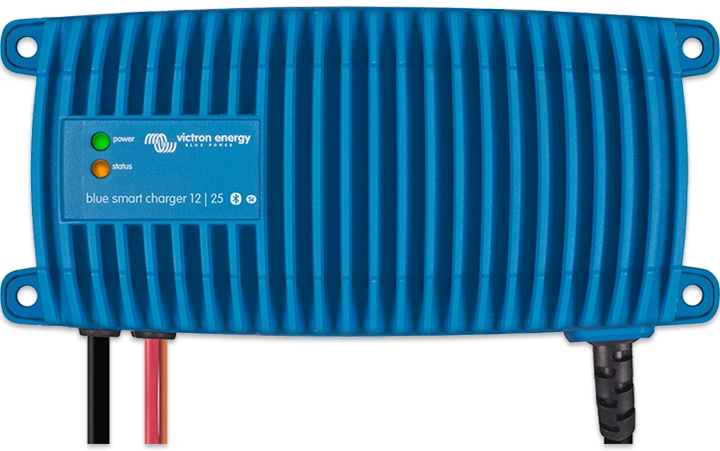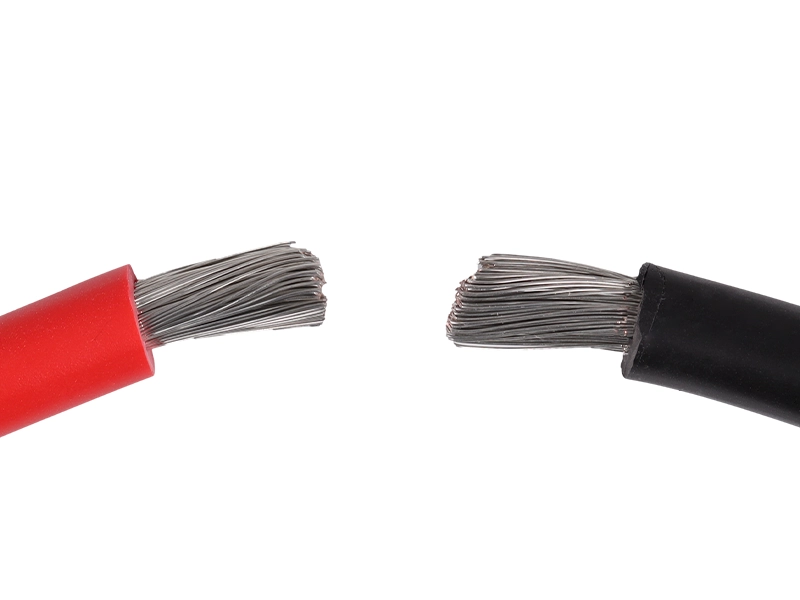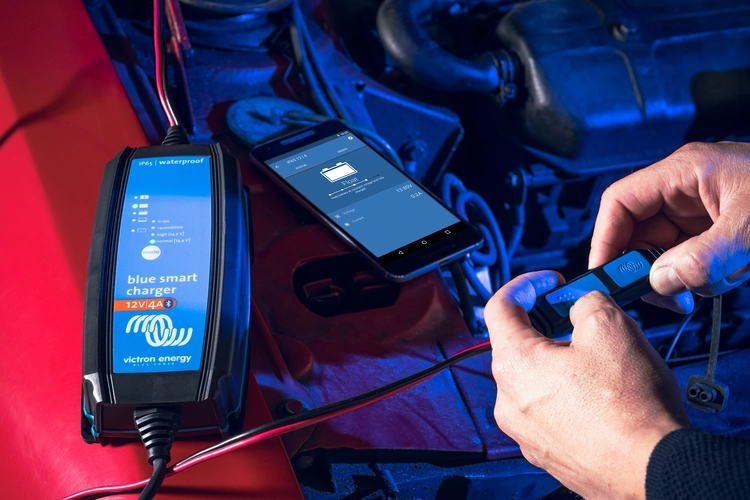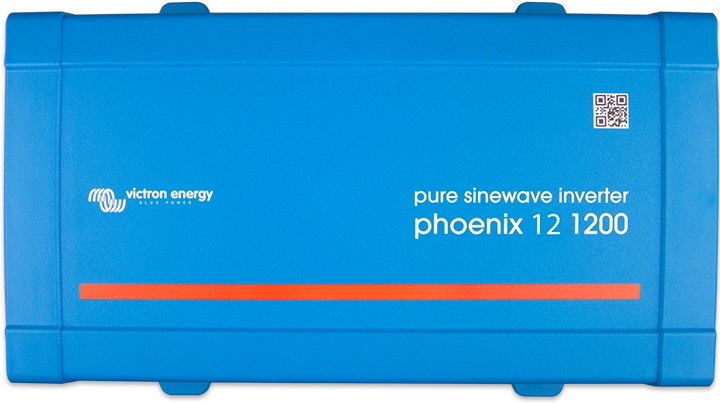



CORRECTLY SIZING YOUR BATTERY CHARGER
When it comes to charging your batteries, it is crucial to have the right battery charger with the appropriate specifications. An undersized charger will take too long to charge while an oversized charger will charge your batteries too quickly and shorten their lifespan. Therefore, it is essential to know how to correctly size a battery for your batteries to ensure longevity of your batteries.
In this article, we will explain the concepts and we have a handy calculator below to save you from doing the calculations.
Jump To Calculator
How Different Charge Rates Affect Your Battery
While there is a general rule, there is no set-in-stone answer as to what is the best size of charger for your batteries. Understanding how different charge rates affect your batteries can help you make the best choice that suits you.
Both the level to which batteries are discharged and also how quickly they are charged affects their overall lifespan. Ideally, a battery wants to be charged as slowly as possible to keep them healthy, however you need to balance this with your usage as if they havent charged up when you use them again you will be slowly bringing them lower and lower until they are dead. That is a point of no return for most batteries.
On the other end of the scale charging a battery too fast damages your battery affecting its performance & lifespan, ie. how much charge it can hold and how long before it needs to be replaced. Therefore, charging a battery is a bit of a balancing act between charging them as slowly as possible but fast enough to be fully charged when you need to use them.
What Size Of Battery Charger Do You Need?
When we say size we are talking about the Amp output of the charger, these can range from 1A up to 100A and higher. The perfect size battery charger has an output that ranges from around 10-20% of your battery's total Ah rating.
For example, if you have a 110Ah battery, a charger ranging from 11 - 22A would be perfect, at this range your charger doesn’t charge your battery too fast ensuring you aren’t damaging your battery.
A charger down at the 11A side will take longer than one up towards 20A, to see what amp charger you need for your battery bank and you can test the charging time.
To use our calculator you will need to know your Battery Type, Amp Hours of the full bank & Voltage of the Bank. Your bank is all the batteries which are connected together, either in series or parallel and work together as one. This can be just 1 battery or it can be multiple. An example is if you have 4 batteries, 1 of them is your starter battery and 3 are in parallel, your bank is the 3 that are in parallel.
Battery Charger Calculator
Our calculator provides a charge rate of 10% - 20% of the battery bank capacity, which is the ideal range. Have a look at chargers between this rate, enter options you find into Charge Rate Test (A), and you will be able to see how long it will take to charge from the maximum Depth of Discharge you will want to go down to for different battery types.
Now you know the ideal charger size, see what size cables you need using our Cable Size Calculator
Charger outputs
Some chargers have 2 or 3 outputs, these are designed to charge multiple battery banks at once, the way they are advertised can be a little confusing. Most of the time the rating of a charger will be the total amp output of the charger.
Unless stated by the manufacturer that different outputs have a different amp rating then the outputs will usually be split using an isolator. This means the output rating splits equally if it is needed, so a 30a charger with 3 outputs will output 30a if you are only using 1 output, 15a if you are using 2 and 10a per output if you are using all 3 and all 3 batteries need to be charged.
Some 2 output chargers have 1 full-rated output and one low-rated output for trickle-charging your starter.
Wiring a battery charger and Cable Size
Sizing cable is important, you always need to size cable for the full rated output, for example a 30A charger using 3 outputs may only pass 10A per output most of the time but you need to size the cable for 30A.
Click here for our Cable Sizing Calculator taking into account amps and voltage drop so you know what cable size to buy.
WIRING
Battery chargers are pretty simple to wire up, connect the positive to the positive on your battery and the negative to the negative. However, multiple output chargers usually only have 1 negative so here is how you wire them up. (Always use cable rated to a higher amperage than the total output)
Battery banks that share a negative
Your battery banks may be set up in a way that they share a negative, which then runs to common ground. In this case you just need to hook the negative to any of your battery negatives
Battery Banks that don’t share a negative
Sometimes your batteries won't share a negative and will be linked to the ground separately, in this case, you need to run a negative from each of the battery negatives to a common point such as a single power post or a commoning post, this joins your negatives to one point then you can run a cable from that to the negative on your battery charger.






